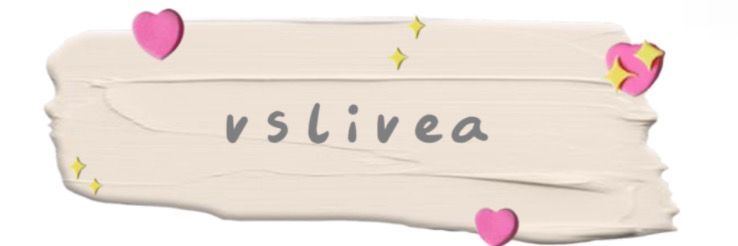Are Styrofoam Seedling Trays Harming Our Environment and Health?
As gardening enthusiasts look for ways to nurture their plants effectively, the use of biodegradable materials is becoming increasingly important. One common item in gardening shops is the Styrofoam seedling tray. However, concerns are rising regarding its impact on our health and the environment.
Want more information on Styrofoam Seedling Trays For Sale? Feel free to contact us.
The Environmental Impact of Styrofoam Seedling Trays
Styrofoam, or expanded polystyrene (EPS), is a popular choice for seedling trays due to its lightweight and insulating properties. Yet, its environmental implications are raising eyebrows. Dr. Emily Tran, an environmental scientist at Green Future Institute, points out, “Styrofoam does not biodegrade. It can persist in the environment for hundreds of years, leading to soil and water contamination.” This longevity poses a significant threat to wildlife as Styrofoam breaks down into microplastics that can seep into ecosystems.
Conversely, John Mark, a sustainable farming advocate, emphasizes the practicality of these trays. “While Styrofoam has environmental drawbacks, its reuse in gardening can mitigate some of the waste issues. Many gardeners find that reusing these trays reduces the need for new materials.” However, he warns against frequent disposal, which can lead to unsustainable practices.
Health Concerns Associated with Styrofoam
Health risks linked to Styrofoam have also prompted discussions among experts. Dr. Linda Chen, a health policy researcher, states, “Chemicals used in manufacturing Styrofoam, such as styrene, can leach into the soil and potentially enter the food chain. This raises concerns about long-term exposure.” Such hazards make it critical for gardeners to consider alternatives if they are planting edible crops.
In contrast, gardening expert, Sarah Loomis, believes in moderation. “If you're using Styrofoam trays — especially for non-edible plants — the risks may be minimal. However, people should be informed and cautious, particularly when it comes to food crops.” This recognition underscores the importance of choosing the right materials for the right plants.
Alternatives to Styrofoam Seedling Trays
With the growing awareness of the environmental and health risks associated with Styrofoam, many gardeners are turning to alternative seedling trays. Biodegradable trays made from paper pulp, coconut coir, or even recycled plastics have emerged as viable options. “The market is seeing an influx of eco-friendly seedling trays that not only perform well but also minimize waste,” says Tom Richards, an environmentally-conscious product designer.
This shift towards sustainable options has also led to an increase in the availability of Styrofoam seedling trays for sale being complemented by more environmentally friendly alternatives. Consumers can now find products that better align with their values while still supporting their gardening needs.
The Future of Planting Trays
Ultimately, the debate surrounding Styrofoam seedling trays is multifaceted. While they offer certain practical advantages, potential environmental and health concerns can't be overlooked. Experts like Dr. Tran advocate for a shift towards more sustainable options, while others like Mark suggest a balanced approach emphasizing reuse and informed gardening practices.
As the gardening community continues to evolve, the conversation about Styrofoam seedling trays will likely persist. By staying informed and exploring all available options, gardeners can make choices that benefit both their plants and the planet.
For more information, please visit seedling tray watering.
- Previous: None
- Next: Unlock Optimal Growth: The Essential Guide to Propagation Trays in Qatar
- 0

